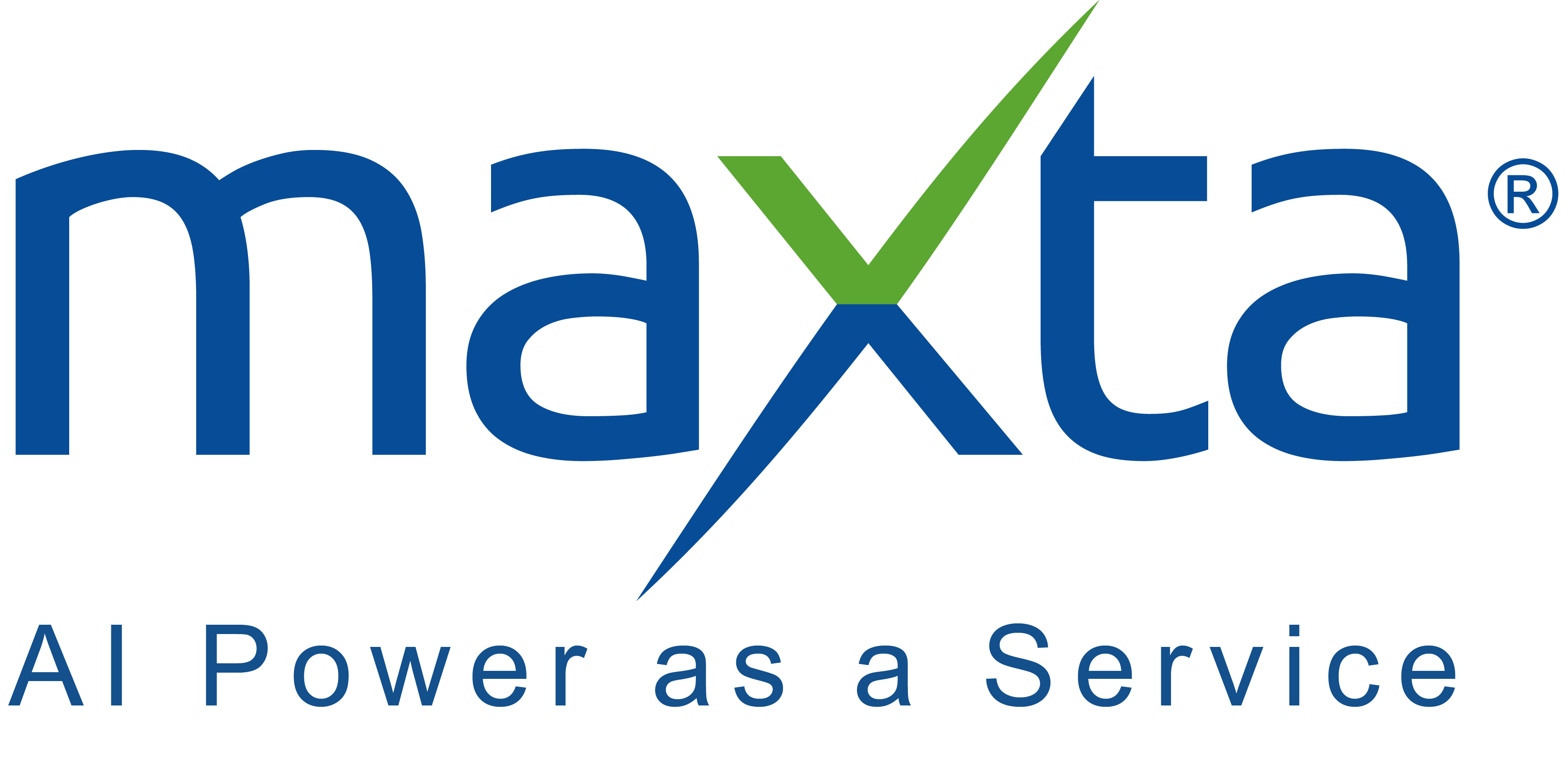Since the inception of IT, vendor lock-in has been a major issue for many customers. In the mainframe days, vertical integration was prevalent. Once you chose a vendor for your Information System, you had to buy servers, networking, and storage from the same vendor. Since standards were not commonplace and each vendor designed products in a unique way, switching from one vendor to another meant re-designing your Information System and associated applications. Thus, moving to a different vendor was an expensive, long, and risky proposition.
As computing evolved from mainframe to client/server, standards emerged and enabled horizontal integration. You could easily integrate servers from one vendor with storage from another vendor. On the server side, standards at multiple levels actually eliminated vendor lock-in. However, storage vendor lock-in persisted. The next major evolution to virtualized environments or software-defined data centers didn’t eliminate storage vendor lock-in either.
Why can’t you just install a new storage solution from a different vendor, migrate data from existing storage to new storage, decommission existing storage, and move on? Why switching to another storage vendor is different from upgrading to a new storage solution from your current vendor? The reasons for storage vendor lock-in are twofold. The first is storage management lock-in. Each storage vendor designed its “box” with its own interfaces and processes to set up, provision, and manage storage, RAID groups, volumes, file systems, etc. This is true whether you choose to work with a SAN or a NAS architecture. The integration of these interfaces and processes into IT and the associated vendor-specific training are the sources of storage management vendor lock-in. The second reason is data management lock-in. Each storage vendor developed a proprietary implementation of data services such as snapshots, clones, and replication. Vendors also developed their own proprietary server-side software for orchestrating their data services and integrating them with leading middleware, and data protection software. The integration of these proprietary implementations to IT and the IT processes built around their unique capabilities and interfaces are the sources of data management vendor lock-in. So, are we stuck with storage vendor lock-in for the foreseeable future? Two emerging technologies, and more importantly the synergy between them, may provide the relief from storage vendor lock-in in virtualized server environments. The first technology is compute/storage convergence. The basic idea is to leverage server-side flash and disk drives with intelligent distributed software running on the same servers that host applications to replace storage arrays. With this approach, the need for a storage array and all the proprietary storage management interfaces associated with a storage array can be eliminated thereby eliminating storage management lock-in. The flip side is that many vendors that deliver convergence offer it as a closed system. Their closed system may leverage commodity parts but the customer can only purchase the closed system as a whole. Thus, you may be swapping a storage vendor lock-in with a convergence vendor lock-in. To avoid this issue, the convergence solution must be an open solution supporting all leading commodity servers and storage components. Unfortunately, convergence alone doesn’t eliminate data management lock-in. In today’s virtualized environments, old storage constructs such as volumes and file systems are utilized to implement storage for virtual machines. While this concept works, it is inefficient and complex. The second emerging technology, VM-aware storage matches the constructs of storage to those of virtualized servers and more importantly introduces VM-level data services that can be managed entirely by the virtualization management framework. This approach improves storage efficiency and simplifies IT. Moreover, by elevating data services to the VM level and leveraging the virtualization management framework, data management lock-in is eliminated. Unfortunately, most implementations of VM-aware storage are utilizing a storage array and therefore create storage management lock-in. By blending open convergence and VM-aware storage, you get the best of both worlds. You eliminate both storage management and data management lock-in in virtualized environments. Since server virtualization is already dominant and getting stronger in the data center, this approach can help in eliminating vendor lock-in in most cases. So what about virtualization vendor lock-in? This is certainly an issue although it is outside the context of this Blog. However, virtualization vendor lock-in is independent of storage vendor lock-in. The proposed approach doesn’t increase virtualization vendor lock-in in any way. Moreover, if the storage solution is hypervisor-agnostic, you can benefit from the fact that if or when you decide to switch to a different virtualization vendor, you do not have storage vendor lock-in in the new virtualization environment either. Maxta MxSP is an example of a solution that fits this bill. Maxta has developed a hypervisor agnostic, highly resilient, scalable, VM-aware storage platform that leverages server-side flash and disk drives. It enables the convergence of applications, server virtualization and storage on standard servers. Maxta frees up the customer from both aspects of storage vendor lock-in. To learn more about Maxta’s new approach to enterprise storage contact us at (408) 212-9477 or email us at info@maxta.com, and follow us on Twitter.



 Maxta Introduces VMware Escape Pod
Maxta Introduces VMware Escape Pod


